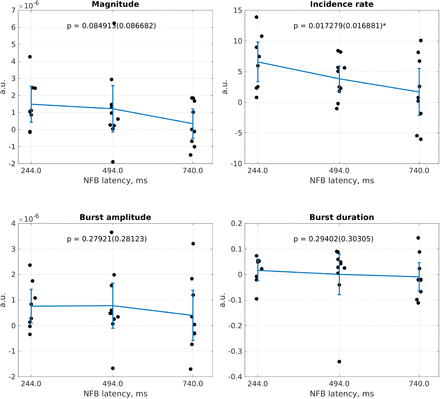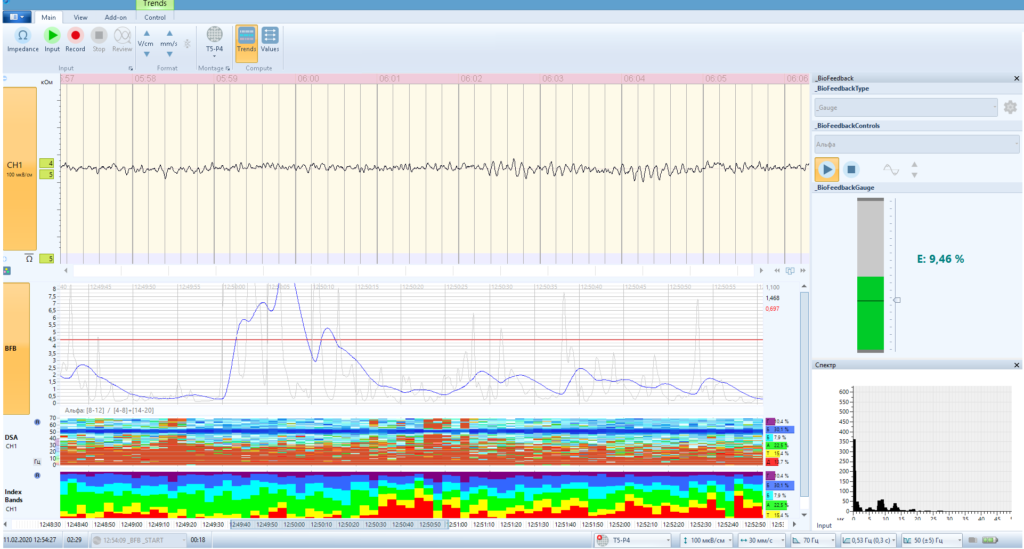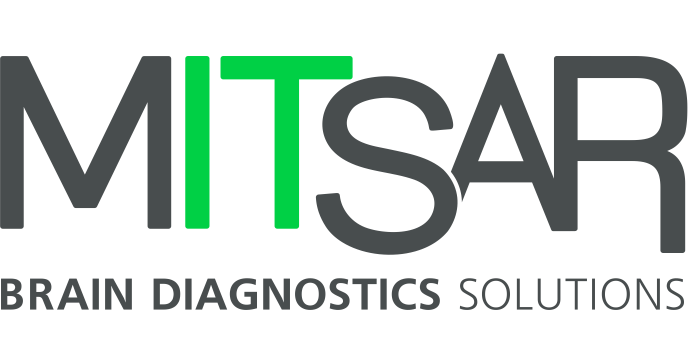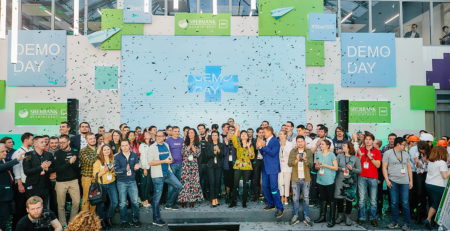Short-Delay Neurofeedback Facilitates Training of the Parietal Alpha Rhythm

Our great collaborators from Center for Bioelectric Interfaces have published a new study on the importance of being on time while neurofeedback training. They claim that delayed neurofeedback impedes training of the parietal alpha-band power!
The therapeutic effects of neurofeedback (NFB) remain controversial. Here we show that visual NFB of parietal electroencephalographic (EEG) alpha-activity is efficient only when delivered to human subjects at short latency, which guarantees that NFB arrives when an alpha spindle is still ongoing. NFB was displayed either as soon as EEG envelope was processed, or with an extra 250 or 500-ms delay. The time course of NFB-induced changes in the alpha rhythm clearly depended on NFB latency, as shown with the adaptive Neyman test. NFB had a strong effect on the alpha-spindle incidence rate, but not on their duration or amplitude. The sustained changes in alpha activity measured after the completion of NFB training were negatively correlated to latency, with the maximum change for the shortest tested latency and no change for the longest. Such a considerable effect of NFB latency on the alpha-activity temporal structure could explain some of the previous inconsistent results, where latency was neither controlled nor documented. Clinical practitioners and manufacturers of NFB equipment should add latency to their specifications while enabling latency monitoring and supporting short-latency operations.
Overall, this findings suggest that NFB latency is a crucial parameter that needs to be minimized to achieve desired changes in the fine characteristics of EEG activity. While we experimented with relatively long NFB delays in this study, future work should examine shorter delays, particularly those on the order of 50 ms and lower. Such a low latency would enhance the sense of agency [14] and harness the power of automatic learning [30] by directly and specifically interacting with brain-state transitions. To achieve this desired latency decrease, more efficient signal processing pipelines are needed that use optimized hardware-software communication protocols, as well as more sophisticated signal processing pipelines for the extraction of oscillation parameters from brain activity.
Read the full text in available for reading at www.biorxiv.org

And check out our brand new EEGStudio Neurofeedback module with 2 ch. wireless and wearable trainer Mitsar-BFB ready for neurofeedback training of patients with ADHD and other neurological diseases.
- 2 bipolar DC channels
- Bluetooth wireless interface
- Real-time impedance values
- Low noise DC amplifier
- Less than 100 g. weight


Leave a Reply